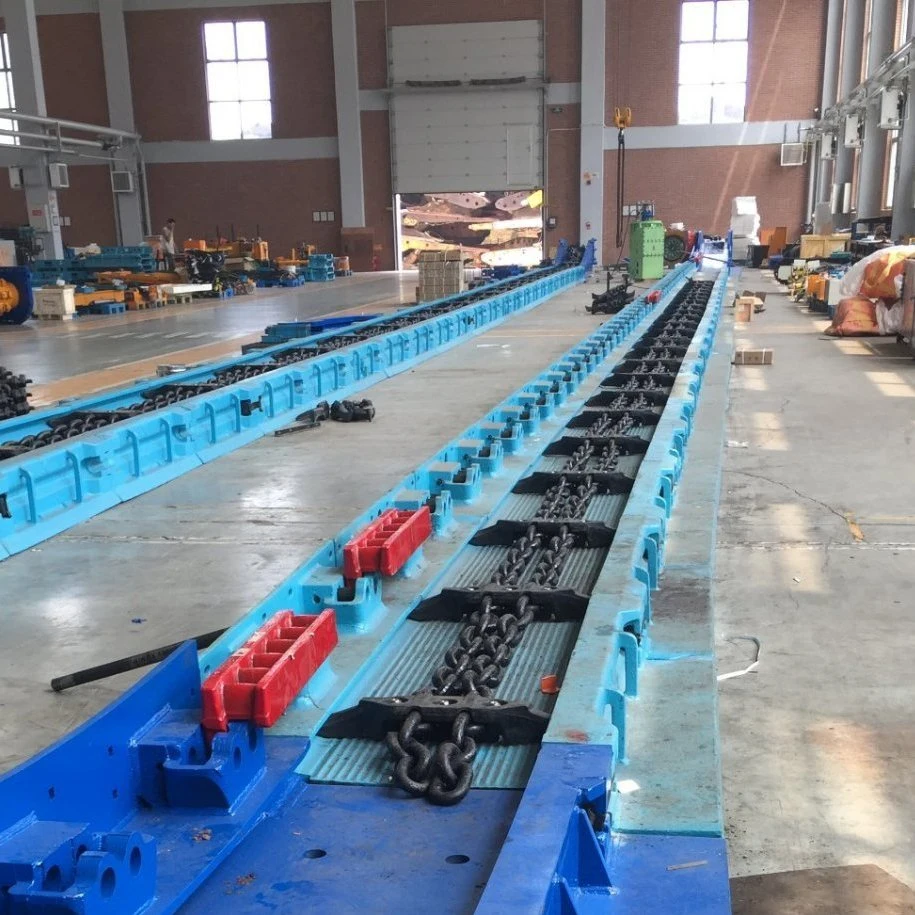Investing in an air conditioning system is a significant decision for any homeowner, not just because of the upfront cost but also due to the ongoing maintenance required to ensure its longevity. Regular air conditioning repair services play a crucial role in protecting this investment, offering numerous long-term benefits that go beyond simple temperature control. One of the most immediate benefits of regular air conditioning repair is improved efficiency. Over time, components within an AC system can become worn or dirty, leading to reduced performance. A well-maintained system operates more efficiently, meaning it can cool your home more effectively while using less energy. This translates to lower utility bills and a smaller environmental footprint. Routine repairs help keep the system running at peak performance, avoiding the common issue of a system that struggles to meet cooling demands.

Extended System Lifespan
The lifespan of an air conditioning system can be significantly extended with regular maintenance and timely repairs. Just like any other mechanical system, an AC unit is subject to wear and tear. Service First AC repair services address minor issues before they become major problems, reducing the likelihood of system failures that could necessitate costly replacements. By investing in consistent maintenance and repair, homeowners can maximize the longevity of their AC systems, delaying the need for a replacement and saving money in the long run.
Improved Indoor Air Quality
An often-overlooked benefit of air conditioning repair is the enhancement of indoor air quality. Over time, dust, mold, and other contaminants can accumulate in the system, potentially affecting the air quality in your home. Regular repairs and maintenance include cleaning or replacing filters, checking for leaks, and ensuring that the system is free of pollutants. This helps to maintain cleaner air, which is particularly beneficial for individuals with allergies or respiratory issues. By keeping the system in good working order, you ensure that it functions as a part of your home’s air quality management.
Prevention of Costly Emergency Repairs
Addressing minor issues through regular repair services can prevent the need for expensive emergency repairs. When small problems are caught early, they can often be fixed with relatively minor adjustments or replacements. Neglecting these issues can lead to more severe damage that might require costly emergency interventions. By scheduling regular maintenance, homeowners can avoid the stress and expense of emergency repairs, maintaining their budget and peace of mind.
Increased Resale Value
A well-maintained air conditioning system can enhance the resale value of your home. Potential buyers are more likely to be attracted to a property with a reliable, efficiently running AC system. Demonstrating that the system has been regularly serviced and is in good condition can be a selling point, potentially increasing your home’s market value and making it more appealing to prospective buyers.
The long-term benefits of regular air conditioning repair services extend far beyond immediate comfort. From enhanced efficiency and extended system lifespan to improved indoor air quality and increased resale value, the advantages are numerous. Investing in consistent maintenance not only protects your initial investment but also ensures continued comfort and savings. By prioritizing regular repairs, you safeguard your home and enjoy the many benefits of a well-functioning air conditioning system.




